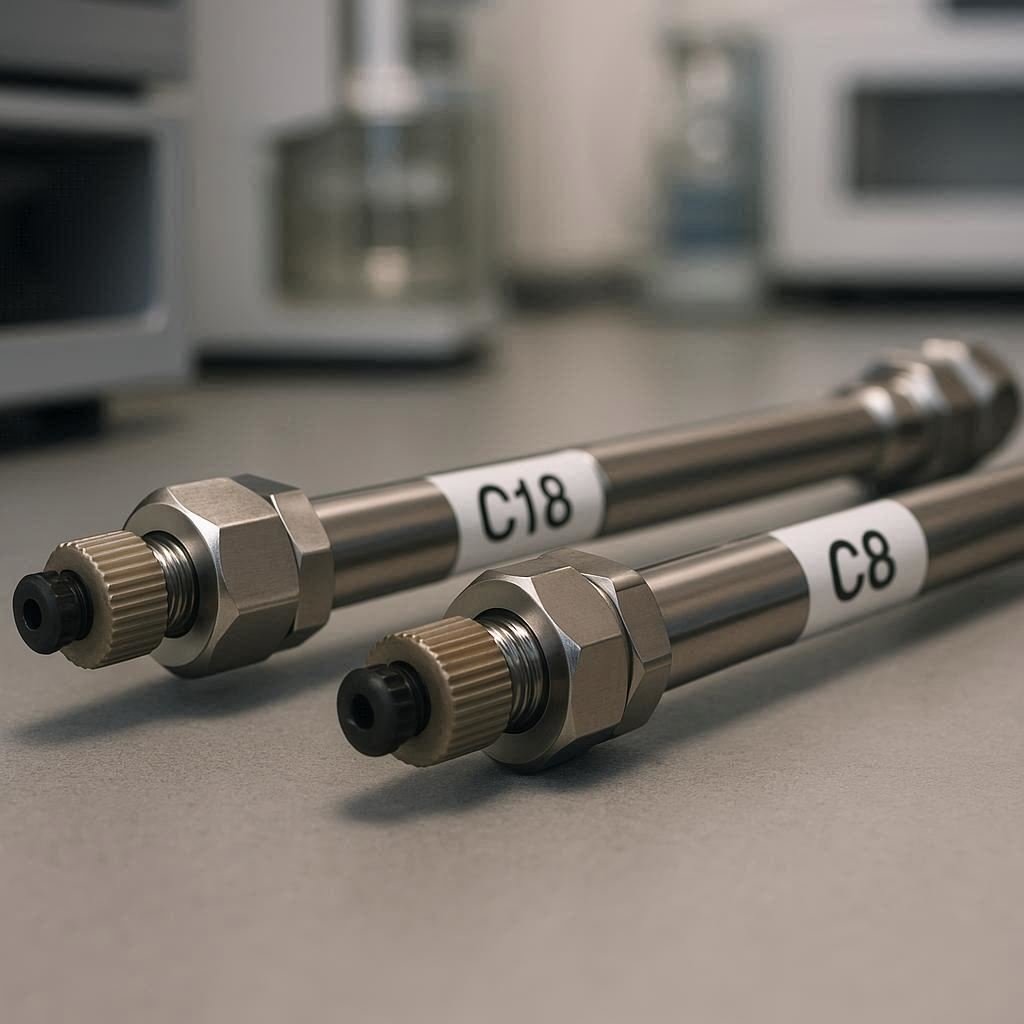Titration is the process of determining the strength of a solution with the help of a standard volumetric solution.
Titration is one of the most used traditional analytical techniques in the pharmaceutical industry due to its simplicity and fast results. It is widely used for assay and content tests for drug substances and drug products. In this article, I will discuss the principles and applications of different types of titrations like acid-base titration, precipitation titration, oxidation-reduction titration, iodometric titration, iodimetric titration and complexometric titration with case studies. After reading this article, all your doubts will be cleared and your knowledge will be enhanced to the next level.

Major Takeaway: FAQs On Titration
The process of estimating of strength of a solution of an oxidising substance with the help of a solution of a reducing substance of known strength or vice-versa is known as redox titration or oxidation-reduction titration. For example; Quantification of Oxalic acid using KMnO4 volumetric standard solution
Complete protonation of ammonium protons of EDTA take place at pH 10 (or higher than that). That is why pH 10 buffer is used in EDTA titration.What is the back titration?
In Iodometric titration, the iodine is liberated and the liberated iodine us titrated with a standard volumetric solution of reducing agent, whereas in Iodometric titration, a reducing agent substance is estimated with a standard volumetric solution of Iodine.
Titration is used for both quantitative (like assay and content tests) and qualitative (like identification).
It is fast, and easy and no special skill is required to perform the titration.
The purpose of titration is to perform assay and identification tests of pharmaceuticals or any compounds
The three uses of titration are assay test, content test and identification test
No analyte is added in the blank titration. In other words, blank titration includes everything except the analyte (such as solvent and its volume and indicators). The blank titration is used to eliminate the error caused by solvent or any other chemicals used in the titration.
The indicator confirms the completion of the titration.
The endpoint of any titration confirms the completion of that titration.
In a back titration, error caused by solvent or any other chemicals used in the titration is considered/eliminated whereas in normal titration there is not any possibility of error due to solvent or chemicals.
Potassium permanganate acts as a self-indicator and hence not any indicator is used in this titration
The solution of known strength is called a volumetric standard solution
The Indicator is the chemical compound that changes its colour in the presence of acid or base. It confirms the endpoint of the titration
The following precautions are taken during the titration:
1. Choose the dissolving solvent in which compounds should be completely soluble
2. Select a suitable indicator
3. Use accurate normality. Preferably determine the normality twice
4. Stop the titration as endpoint is completed.
Using the weight of thar analyte, volume consumed in the titration, the actual normality of the volumetric solution, the target normality of the volumetric solution and the molecular weight or equivalent weight of the analyte, percentage assay or percentage purity is calculated in the titration.
Titration is the process of determining the concentration or strength of a solution by reacting it with a standard volumetric solution.
Related Blogs
The following types of titrations are widely used in the pharmaceutical industry:
In this class of titration, the strength of either acid or base is known, and the strength of the other is determined with the help of the first.
HCl + NaOH = NaCl + H2O
In an acid-base titration, H+ ion and OH– ions are furnished from the acid and the base respectively and they combine to form a unionised water molecule. That is why it is also called neutralisation titration.
Indicator for acid-base titration
Methyl orange and Phenolphthalein are commonly used as indicators in acid-base titration. The following are the details of other indicators which are used in acid-base titration;
| Indicators | Color on acidic side | pH range for colour change | Colour on the acidic side |
|---|---|---|---|
| Methyl violet | Yellow | 0 to 1.6 | Violet |
| Bromophenol blue | Yellow | 3.0 to 4.6 | Blue |
| Methyl orange | Red | 3.1 to 4.4 | Yellow |
| Methyl red | Red | 4.4 to 6.3 | Yellow |
| Litmus | Red | 5.0 to 8 | Blue |
| Bromothymol blue | Yellow | 6.0 to 7.6 | Blue |
| Phenolphthalein | Colourless | 8.3 to 10 | Pink |
The titration, in which the strength of a solution is determined on the basis of completion of the precipitation and for precipitation, the standard solution is used, is called Precipitation titration
AgNO3 + NaCl = AgCl +NaNO3
Indicator for precipitation titration
Potassium chromate is used as indicator for precipitation titration
Typical examples: Quantification of chloride salts like Potassium chloride and Sodium chloride can be performed by this method.
The process of estimating of strength of a solution of an oxidising substance with the help of a solution of a reducing substance of known strength or vice versa is known as oxidation-reduction titration. In this titration, oxidation-reduction takes place simultaneously.
Typical example: Quantification of Oxalic acid using KMnO4 standard solution
2KMn+7O4 + 3H2SO4 = K2SO4 + 2Mn+2SO4 + 3H2O + 5(O)
5 HOOC-COOH + 5(O) + 5H2O +10CO2
Indicator for Potassium permanganate titration
Potassium permanganate acts as a self-indicator and hence not any indicator used in this titration
In Iodometric titration, iodine is liberated due to a chemical reaction. The liberated iodine is determined with the help of a standard volumetric solution of a reducing agent.
Typical example: Assay of CuSO4 (copper sulphate) with standard volumetric solution of Sodium thiosulphate
2CuSO4+4KI = 2K2SO4 +Cu2I2 +I2
2Na2S2O3 + I2 = 2NaI + Na2S
Indicator for Iodometric titration
The starch solution is used as an indicator
In this titration strength of a solution is estimated by the standard volumetric solution of Iodine.
Typical example: Assay of Sodium thiosulphate with standard volumetric solution of Iodine
2Na2S2O3 + I2 = 2NaI + Na2S4O6
Indicator for Iodometric titration
The starch solution is used as an indicator
In Complexometric titration, complex formation takes. A typical example is EDTA titration. Following is the structure of EDTA

From the above structure, it is clear that:
Eriochrome black T, Pyrocatechol and Calmagite
Typical examples: Quantification of Divalent salts like Magnesium oxide and Zinc oxide are performed by EDTA titration.
Volumetric solution
The solution of known strength is called a volumetric standard solution. It is prepared by dissolving known amount of the compound in the solvent and the strength is determined by a primary standard. For example, 0.1 N is prepared by dissolving 4.0 gram of NaOH in 100 ml of water, and its actual normality is determined by using a primary standard like KHP (Potassium hydrogen phthalate). It is used as a titrant in the titration.
Indicators
An indicator is a chemical compound that changes its colour in the presence of acid or base. It confirms the endpoint of the titration
General apparatus required for titration
General apparatus used for titration is are conical flask and Burette
General chemicals required for titration
Dissolving solvent, indicator and standard volumetric solution of known normality
Advantages
Disadvantages
(V×F×N×100)⁄(W×0.1)
Where: V is the volume of volumetric solution in ml, W is the weight of the sample in mg, F is the factor and N is the actual normality of the volumetric solution
For example, Ibuprofen has the molecular weight of 206.29g/mole and the assay is to be performed by titrating with 0.1N NaOH volumetric solution. Therefore, assay formulae will be:
(V x 20.629xNx 100)/w (in mg) x 0.1
Typical Example:
| Compound name | Titraion Type | Standard volumetric solution |
|---|---|---|
| Benzoic acid | It is an acid and it can be estimated with base. | 0.1N Sodium hydroxide can be used for titration |
| MgO | It is a chloride salt of Sodium. Hence precipitation titration can be applied | 0.05M EDTA volumetric solutiom can be used for titration |
| NaCl | In CuSO4, Copper is in +2 oxidation state and hence it can be easily converted into cupric state (+1) state using potassium iodide solution. Apply Iodometric titration to titrate liberated iodine | 0.1N AgNO3 volumetric solution can be used for titration |
| CuSO4 | In CuSO4, Copper is in +2 oxidation state and hence it it can be easily converted into cupric state (+1) state using potassium iodide solution. Apply Iodometric titration to titrate liberated iodine | 0.1N Sodium thiosulphate volumetric solution can be used for titration |
| Sodium thiosulfate | It is a reducing agent, and hence Iodimetric titration can be applied for estimation | 0.1N Iodine volumetric solution can be used for titration |
Procedure
Titration is the backbone of pharmaceutical analysis. I hope this post has enhanced your knowledge to the next level, and now you can develop the titration method independently. Write your learning and suggestions in the comment sections.
Related topic:
References
Abbreviations



Quick Links